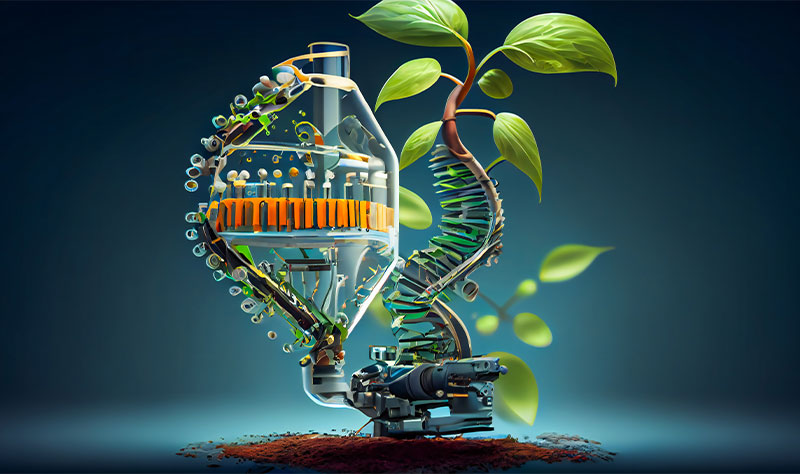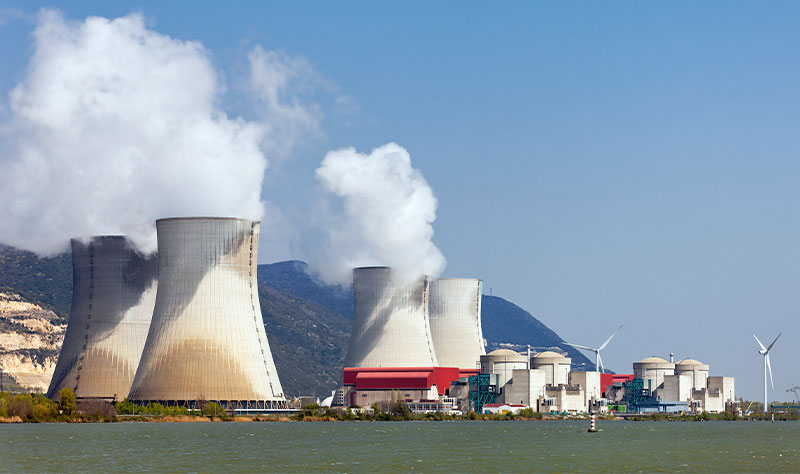Coal Reserves and Global Importance
According to the research of the World Energy Council, the proven exploitable coal reserves in the world are around 900 billion tons. Approximately 400 billion tons of this reserve is anthracite and bituminous coal, 290 billion tons is sub-bituminous coal and 210 billion tons is in the lignite class. According to 2018 coal production data, global coal reserves have a lifespan of approximately 135 years. Turkey’s coal resources are around 21 billion tons, but when evaluated in terms of quality and properties, they are generally seen to have low calories and high ash and moisture content (MTA, 2019; TTK, 2018).
Clean Coal Technologies and the Future
The sustainable and permanent use of all of our lignite and other coal resources in terms of environmental factors, costs and sales will be possible if their emission and other environmental pollution-causing properties are improved with national and innovative technologies. In this context, “Clean Coal Technologies” come to the fore. These technologies are methods that minimize environmental impacts in the preparation and use of coal, and increase efficiency and added value.
Coal Preparation and Gasification Technologies
Coal Preparation, Improvement, Enrichment and Liquefaction Technologies:
Technologies such as crushing, grinding, screening, sizing, wet or dry washing, coal-water mixtures, dewatering, drying, liquefaction and briquetting increase the quality of coal while reducing environmental impacts.
Separating waste from coal by taking advantage of density differences, such as in lavvar facilities, is the most widely used method.
Coal Gasification and Advanced Technologies:
Coal gasification technologies produce synthesis gas by partial combustion instead of complete combustion of coal.
Value-added products and electricity production can be achieved with environmentally friendly methods by using synthesis gas.
Projects such as liquid fuel production from lignite and biomass mixtures in Turkey highlight innovative studies in this field.
Increased Efficiency and Emission Control in Power Plants
It is possible to reduce emissions and increase efficiency with methods such as High Efficiency Low Emission (HELE) Technologies, flue gas treatment systems, NOx removal technologies, electrostatic precipitators.
Carbon Dioxide Capture and Storage Technologies
Carbon Dioxide Capture, Utilization and Storage (CCS/CCUS) technologies make the use of coal more environmentally friendly in the fight against climate change and play a critical role in achieving the goals of the Paris Agreement.
Clean coal technologies ensure that coal resources are used more efficiently and environmentally friendly. The future of coal is closely related to the development and application of these innovative technologies. The spread of these technologies will play an important role in meeting the energy needs of Turkey and the world.






